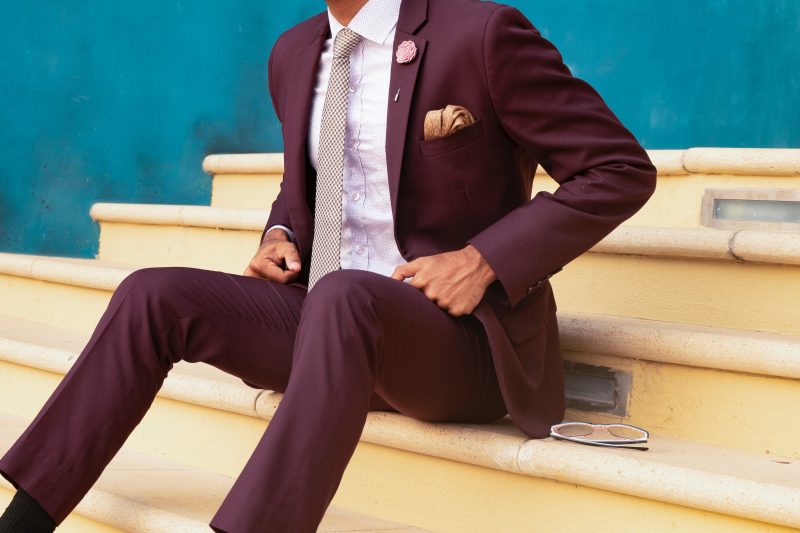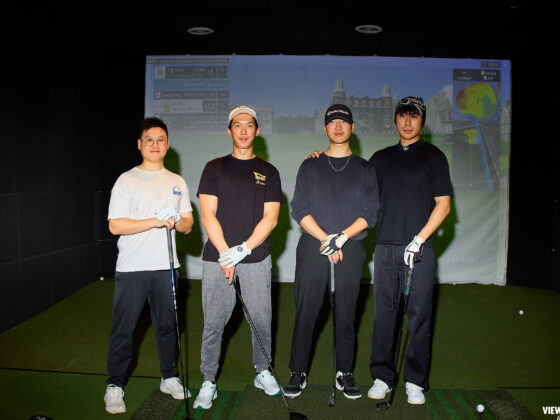Smart clothing and formal attire has been around for centuries, with Beau Brummel often credited as the godfather of smart simplicity and men’s fashion. The man who was a close friend of King George IV was nicknamed the King of the Dandies, and a man who placed great importance on physical appearance and the use of refined language. Smart clothing has evolved a great deal since those days, but the concept of wearing it for important events and to make an impression has remained the same. Here we examine some of the origins of dressing to impress, and compare early styles to the more modern choices of today.
Formal Attire has Been Evolving since the 18th Century
Formal attire has always been used as a way to show success, wealth, and power. But looking back over the decades, there have been some significant shifts in the way the wardrobe is used. In the 18th Century, aristocrats and people in positions of power were expected to dress in smart clothing at all times. This has become less important over time, and in the modern age formal attire is often reserved for prestigious events and business meetings.
Brummel, who lived between 1778 and 1840, is referred to as the “father of modern male formal costume.” The man who had to flee to France after quarrelling with George IV popularized the under-the-foot strapped pantaloons. This went onto inspire the tailcoat, which was so prevalent throughout the 1900s, especially at high-status occasions. Over the decades, the tailcoat shortened to become the more ubiquitous suit jacket that has been so popular with businessmen over the years.
In the latter half of the 20th Century, concepts of smart dress changed frequently from decade to decade. In the 1950s and 1960s, there was a move away from the bland and similar dress codes for men and women. Instead of men simply having to wear a suit and women a dress, men were experimenting with going without ties and jackets. Women began to wear suit jackets, shirts, and skirts instead of the usual smart dresses. Now, women have branched out into jump suits as well, which can look as smart as dresses when worn correctly.
The main thing to be noted is that in more recent decades, a clear distinction has been made between the smart clothing one would be expected to wear at a formal event, and at work.
Modern Smart Attire follows a more Relaxed Code
There are fewer restrictions in place with the smart clothing of today. Whereas, in the past, there were strict rules to conform to when it came to dressing up, nowadays, there is a lot more freedom. For example, in the 1920s most business owners expected their employees to adhere to a traditional formal dress code of a suit and tie for men and a long dress for women. In 2018, though, a study in Britain found that only one in ten people wear a suit to work. Some people even choose to wear flip flops to the office nowadays.
A lot of companies have decided to twist long-established ideas of smart clothing and take it in new directions. For instance, the casino industry has often been associated with lavish dress. Modern croupiers still dress to impress, but often feature the casino logo on their shirts and rarely wear ties. This can be seen with the online roulette dealers at casino sites like Betway, who aim to reflect the way bars, nightclubs, and casinos have become more relaxed with their dress codes since the turn of the century. Cube Toronto, one of the hottest clubs in the Canadian city, for example, now runs a semi-formal attire policy. Even executives in Silicon Valley, one of the most influential technology hubs in the world, have scrapped the classic business wear. Workers in the area began to dress down in the 1990s, and could be credited with starting the highly popular smart casual trend which is so abundant in today’s society. They still stuck with well-known designers like Paul Smith and Giorgio Armani, but chose to wear t-shirts and more relaxed-feeling trousers.
There are certain occasions where it is still seen as important to dress immaculately, however. At weddings and horse racing events, it would be seen as somewhat of a faux pas to turn up in anything that didn’t reflect affluence and esteem. Indeed, at the Toronto International Film Festival, which is right around the corner, the actors and directors will be looking as good as they possibly can.
Smart clothing is still predominant in modern society, but the most formal wear is often reserved for prestigious and lavish events. The things people wear have changed a lot over the decades, but the way that the clothes convey affluence and social standing remains the same.
ADVERTISEMENT |





